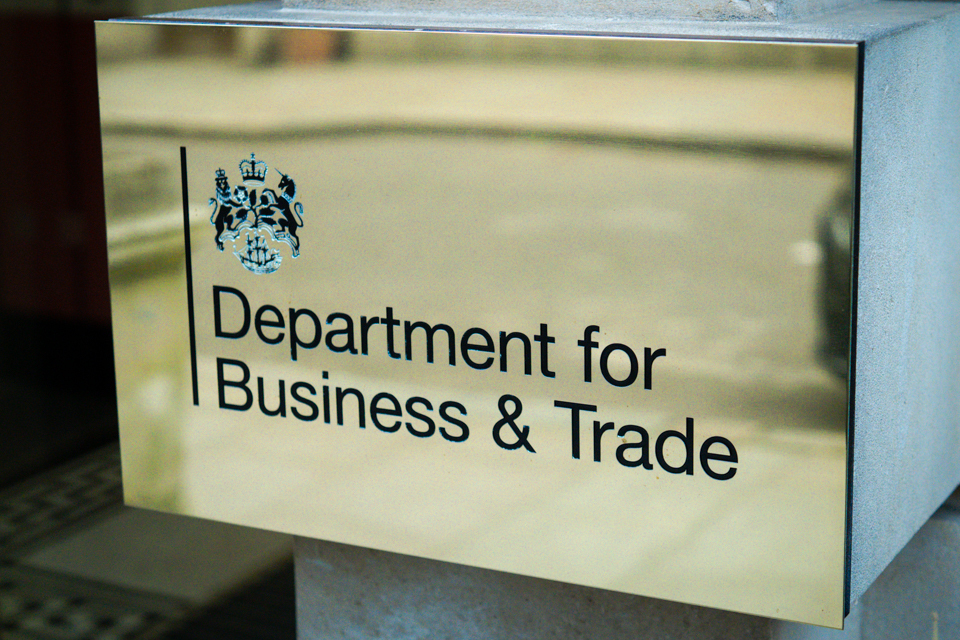Price of a UK first-class stamp to rise to £1.65 in October

The cost of a first-class stamp is to rise by 30p – the fifth increase in less than three years – with Royal Mail blaming the move on “urgent” financial challenges amid declining letter volumes.
The price goes up to £1.65 as of 7 October, while second-class stamps will remain at 85p.
It comes on top of a 10p rise in the cost of first- and second-class stamps in April, which took them to £1.35 and 85p respectively.
Next month’s jump means first-class post will have almost doubled in price since March 2022, when a stamp cost 85p.
Royal Mail said it had sought to keep price increases as low as possible in the face of declining letter volumes, inflationary pressures and the costs associated with maintaining the universal service obligation (USO), under which deliveries have to be made six days a week.
It said the service was in need of “urgent reform” to reflect changes to how people communicate if it was to continue to offer a one-price-goes-anywhere service.
The announcement comes a day after the UK communications regulator, Ofcom said it would “assess” whether Royal Mail could be allowed to scrap second-class letter deliveries on Saturdays.
The company is in the process of being bought by the Czech billionaire Daniel Křetínský. His EP group’s £3.57bn takeover is being scrutinised by the government for national security risks.
Royal Mail has said the universal service is in need of urgent reform, and has asked the industry regulator to let it reduce deliveries of second-class letters to two or three days a week, cutting nearly 1,000 jobs and saving £300m a year in the process. It proposed paring back the daily Monday-to-Saturday second-class service to “every other weekday”. No decision has yet been made.
Justifying the latest first-class stamp rise, Royal Mail said on Friday that letter volumes had fallen from 20bn in 2004-05 to about 6.7bn in 2023/24, meaning the average household now receives four letters a week compared with 14 a decade ago, while the number of addresses had risen by 4m.
after newsletter promotion
A spokesperson said: “We have no certainty on regulatory reform and the rate of letter decline and ongoing losses means that Royal Mail has had to take the necessary steps within its power to address the very real and urgent financial sustainability challenge the universal service faces right now.”
Nick Landon, the Royal Mail chief commercial officer, said: “We always consider price increases very carefully. However, when letter volumes have declined by two-thirds since their peak, the cost of delivering each letter inevitably increases.
“The universal service must adapt to reflect changing customer preferences and increasing costs so that we can protect the one-price-goes-anywhere service, now and in the future.”
Related
Why investing in women is a vital next step for…
Get Nadine White's Race Report newsletter for a fresh perspective on the week's newsGet our free newsletter from The Independent's Race CorrespondentGet our fre
Business secretary signals major shift on electric car policy to…
In a determined effort to retain Nissan’s manufacturing presence in Britain, Business Secretary Jonathan Reynolds has vowed to implement “substantial c
Joint Statement: Business Secretary and Fujitsu Services Ltd
Business and Trade Secretary Jonathan Reynolds today (Friday 7 March) met chiefs for Fujitsu in Tokyo to begin talks over the cost of redress for victims of th
UK foreign secretary backs multilateral defence funding for Europe
UK foreign secretary David Lammy has said that a new multilateral fund will be needed to secure Europe’s defence as he confirmed that Britain is “open to”













